Blue-barred barb - Barbus fasciolatus
Scientific name: Barbus fasciolatus
Common name: Blue-barred barb
Family: Cyprinidae
Usual size in fish tanks: 6 - 7 cm (2.36 - 2.76 inch)
014
Recommended pH range: 6 - 6.5
Recommended water hardness: 8 - 12°N (142.86 - 214.29ppm)
0°C 32°F30°C 86°F
Recommended temperature range: 23 - 25 °C (73.4 - 77°F)
The way how these fish reproduce: Spawning
Where the species comes from: Africa
Temperament to its own species: peaceful
Temperament toward other fish species: peaceful
Usual place in the tank: Middle levels
Origin
The Blue-Barred Barb (Barbus fasciolatus) is native to the Zambezi River systems in Africa. In their natural habitat, they are accustomed to slow-moving waters with soft, slightly acidic conditions. The rivers and streams where they thrive are often densely vegetated, providing ample cover and foraging spots for these peaceful fish. Mimicking these conditions in the aquarium will help them feel more at home and encourage natural behaviors.
Food and Feeding
Blue-Barred Barbs are omnivorous and will readily accept a variety of foods. Offer them high-quality flake food as their main diet, supplemented with protein-rich options like live or frozen foods such as bloodworms, brine shrimp, and daphnia. Including bloodworms in their diet is particularly effective in bringing out their vibrant coloration. Additionally, you can offer vegetable matter such as blanched spinach or spirulina-based flakes to provide a balanced diet. Feed them small amounts 2-3 times a day to keep them healthy and active.
Sexing
Sexing Blue-Barred Barbs is relatively straightforward, especially during the breeding season. Males exhibit brighter coloration and more intense blue bars when they are in spawning mode. Females, in contrast, are slightly rounder and display a more subdued coloration.
Breeding
Blue-Barred Barbs are egg scatterers and can be bred in a well-prepared breeding tank. To encourage spawning, set up a separate breeding tank with a temperature of 23-25°C (73.4-77°F) and maintain a pH of 6.0-6.5. Add fine-leaved plants like Java Moss or include spawning mops, which provide a surface for the eggs to adhere to. Typically, the eggs are laid in the early hours of the morning.
Once the eggs are laid, promptly remove the parents to prevent them from eating the eggs. The eggs will hatch in about 24-48 hours, depending on the water conditions. Once the fry become free-swimming, feed them with infusoria or commercially available fry food. After a few days, as the fry grow, introduce crushed flake food or newly hatched brine shrimp to their diet. Keep the water parameters stable during this period, as the fry are particularly sensitive to changes.
Lifespan
With proper care, Blue-Barred Barbs can live for 3-5 years in an aquarium. Ensuring stable water conditions, a balanced diet, and a stress-free environment will help maximize their lifespan and maintain their vibrant colors.
General Care Tips
Blue-Barred Barbs are best kept in small groups of 6 or more to promote their natural schooling behavior and reduce stress. These peaceful fish thrive in a well-planted tank with open swimming spaces. Use a fine-gravel substrate and include a variety of plants to provide cover and mimic their natural habitat. They prefer soft, acidic water with a pH range of 6.0-6.5 and water hardness between 8-12°N (142.86 - 214.29 ppm). Maintain a water temperature of 23-25°C (73.4-77°F) to keep them healthy and active.
Perform regular water changes, ideally 20-30% weekly, to keep water conditions stable. Blue-Barred Barbs are generally peaceful but can become aggressive toward smaller fish if kept in small, overcrowded aquariums. They can be housed with other similarly tempered fish, such as small tetras, rasboras, and other non-aggressive species that share their preference for soft, acidic water. Avoid keeping them with overly aggressive or fin-nipping fish, as this can cause stress and disrupt their peaceful nature. By providing a stable environment, a varied diet, and the right tank mates, you will see them thrive and display their beautiful blue bars in full glory.
Short Description
The Blue-Barred Barb is a small, peaceful species known for its vibrant blue bars and dynamic schooling behavior. Reaching a size of 6-7 cm (2.36-2.76 inches) in the aquarium, they are best kept in groups to encourage natural behavior and reduce stress. While males may occasionally bicker when displaying to females, these interactions are generally harmless. Providing open swimming spaces and soft, acidic water is key to their well-being in a community setup.
Picture
Bought by aqua-fish.net from jjphoto.dk.
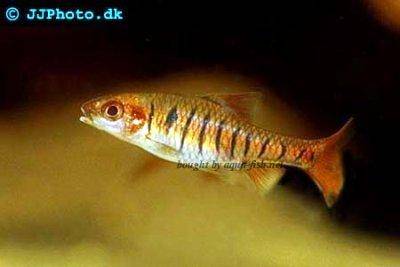

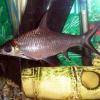 Bala
Bala 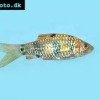 Spotted
Spotted 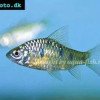 Golden
Golden 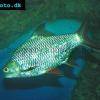 Tinfoil
Tinfoil  Congo
Congo 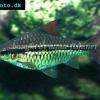 African
African  Butterfly
Butterfly 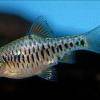 Olivegreen
Olivegreen  Morse
Morse 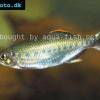 Jerdon’s
Jerdon’s 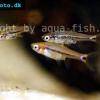 Mosquito
Mosquito 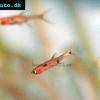 Dwarf
Dwarf 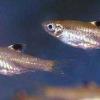 Eyespot
Eyespot 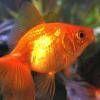 Goldfish
Goldfish  Penguin
Penguin 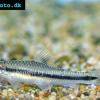 Siamese
Siamese  Koi
Koi 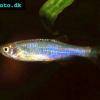 Pearl
Pearl 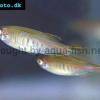 Glowlight
Glowlight 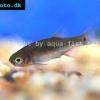 Crossbanded
Crossbanded  Yoma
Yoma 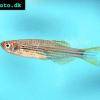 Orange
Orange 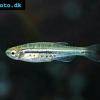 Dwarf
Dwarf 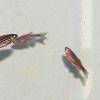 Zebra
Zebra 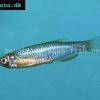 Rose
Rose 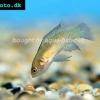 Red
Red 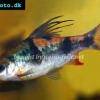 Arulius
Arulius 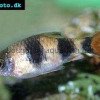 Tambraparni
Tambraparni 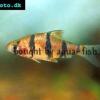 Fiveband
Fiveband 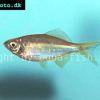 Bengal
Bengal 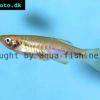 Tiger
Tiger 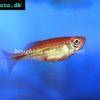 Malabar
Malabar 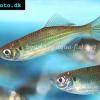 Queen
Queen 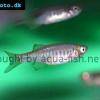 Hora
Hora 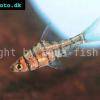 False
False 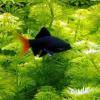 Redtail
Redtail 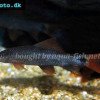 Rainbow
Rainbow 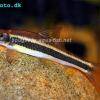 Flying
Flying 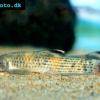 Garra
Garra  Black
Black 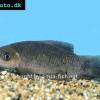 Purple
Purple 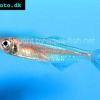 Burmese
Burmese 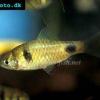 Dwarf
Dwarf  Isok
Isok 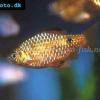 Rosy
Rosy 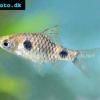 Two
Two 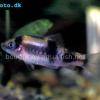 Melon
Melon 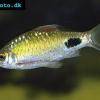 Black-spot
Black-spot 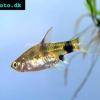 Golden
Golden 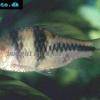 T-Barb
T-Barb 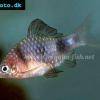 Ruby
Ruby  Checkered
Checkered  Rhomb
Rhomb 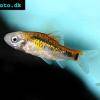 Gold
Gold 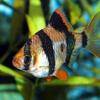 Tiger
Tiger 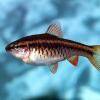 Cherry
Cherry 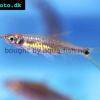 Brittan’s
Brittan’s 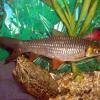 Greater
Greater 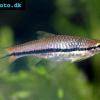 Long-band
Long-band 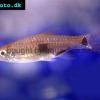 Twospot
Twospot 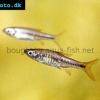 Reticulate
Reticulate 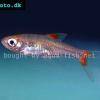 Cherry
Cherry 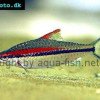 Denison
Denison 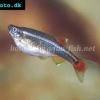 White
White  Lambchop
Lambchop 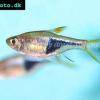 Harlequin
Harlequin